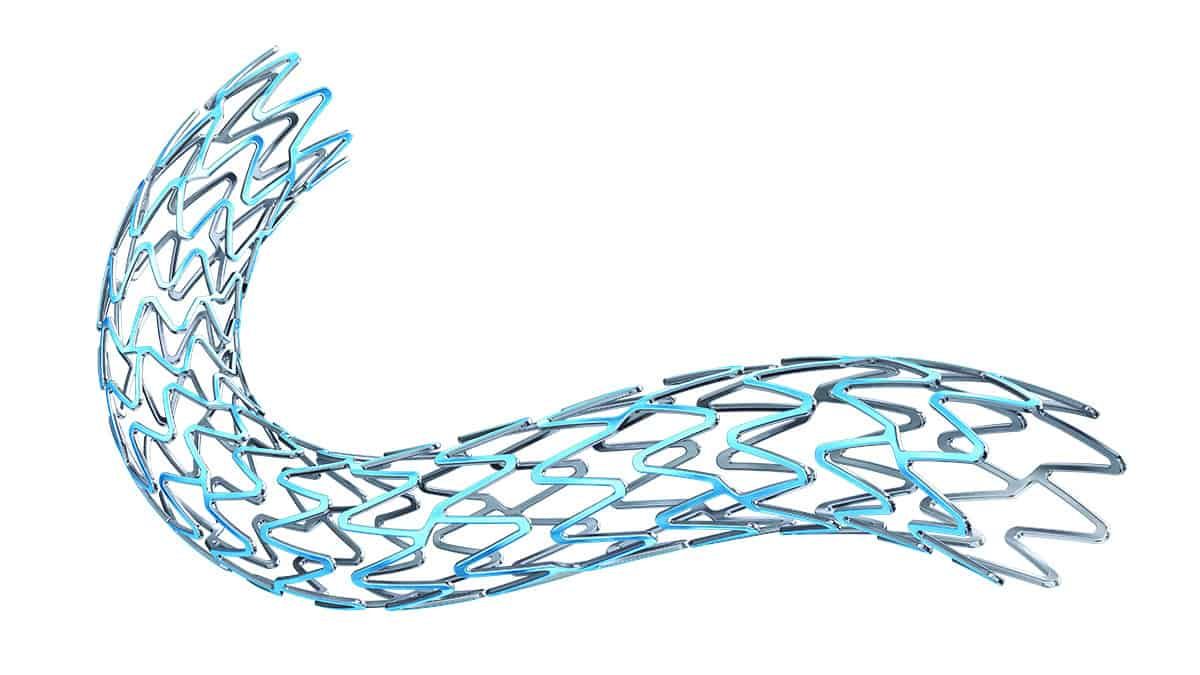Heart stent reduces risks of complications

BOULDER –— Until just a few months ago, more than half of the patients with heart disease who had arterial stents installed to maintain the flow of blood during an angioplasty procedure could expect complications such as blood clots, which could lead to a heart attack an even death; the very reason they were in the doctor’s care in the first place.
It’s a grim merry-go-round heart patients don’t have to ride anymore thanks to a new treatment offered by Boulder Community Health. Boulder Community is the only hospital in the Front Range that offers this treatment. The treatment, developed by Boston Scientific Corp., combines old stent technology with a way of limiting the amount of time that scar-tissue medication stays in the system. It is called the Synergy stent. Boston Scientific is a company that provides medical solutions for patients with conditions that range from heat problems, to issues with chronic pain.
Dr. Nelson Trujillo, a cardiologist at Boulder Community Health, says the Synergy stent is a “new generation of stent. A lot of problems with stents are related to how they heal. With the technology on this new device, it really improves the heart’s ability to heal. It will lead to people needing less medication in the long term with a better result. I’m pleased and proud for being the first to put these in for our community.” Stents are tiny mesh tubes that doctors use to keep clogged arteries open, allowing blood to flow freely to the heart. They are designed to stay permanently in the patient’s body.
SPONSORED CONTENT
Select your Republic Services residential cart now!
In preparation for Republic Services becoming the primary provider of residential recycling, yard trimmings, and trash, residents should now select the best cart size and service schedule for their household needs.

© 2015 Boston Scientific Corporation or its affiliates. All rights reserved. Used with permission by Boston Scientific Corporation
Using a stent to keep a plaque-hardened artery open is not new; they have been used for over a decade in patients with heart disease, but they fail in two ways: through scarring and blood-clot formation, Trujillo said.
The typical stent is a wire-mesh device made of platinum chromium. It can be used with or without medication, depending on the patient’s needs. In the first generation of stents, scar tissue would sometimes grow over the stent. In the next big innovation with stents, medication was added to prevent scar tissue and resulting re-narrowing. The medication delivered, Everolimus, is related to chemotherapy agents and comes from Pacific Yew trees. Everolimus is added to a polymer, and the stent is coated with it. “So that there are parts of the artery that get exposed to the polymer that don’t need to be,” Trujillo said. While this system works, it slows down healing inside the artery and increases blood-clot risk. Patients are exposed to blood-thinning medications for long periods in order to prevent development of blood clots that can lead to heart attacks. But taking blood thinners is tricky: Too big of a dose can cause major bleeding; not enough means blood clots can still form.
The new stent solves that problem. “With the Synergy stent, the polymer and the medication (it’s the same medication, Everolimus), are limited to the outside stent structure so it’s opposed to the blood vessel, so it is applied in a limited way just in the places it needs to be. That limits the amount of inflammation that occurs, letting the vessel heal faster and more efficiently,” Trujillo said.
He added that the Synergy stent is different in the way the scar tissue preventing medication, which is attached to the stent, is delivered. Older-generation stents do have medicine that aides in scar-tissue prevention; however, the medicine stays in the body for a long, undeterminable amount of time. This slows down the healing inside the artery. Trujillo explained that getting ahead of scar-tissue formation is especially important in the tiny blood vessels of the heart. Most stents are 2 to 4 millimeters wide to fit the arteries they are designed to go into. As a comparison, the tip of a ballpoint pen, which is roughly 4 millimeters, would be large artery. Scarring can cause blockages.
Scarring does not always happen, Trujillo explained, but the new stent makes it much less likely. “We measure scarring based on what we see on an angiogram, what shows up in the clinics, and who needs to be re-stented,” he said. Bare-metal stents saw scarring at a rate of 15 percent. With a medication coating, that falls to 6 percent. “The chances of scarring with the new stent are 2 percent,” Trujillo said. He compared this new way of delivering medication to time-released medications.
Although the stent was developed in the United States, it has already been available in European markets for two years. It is a device that will probably get a lot of mileage in the coming decade. In 2010, there were 454,000 insertions of a coronary artery stent, according to the Center for Disease Control. Prior to this year, Trujillo calculates that he installs 100 to 200 stents a year.
BOULDER –— Until just a few months ago, more than half of the patients with heart disease who had arterial stents installed to maintain the flow of blood during an angioplasty procedure could expect complications such as blood clots, which could lead to a heart attack an even death; the very reason they were in the doctor’s care in the first place.
It’s a grim merry-go-round heart patients don’t have to ride anymore thanks to a new treatment offered by Boulder Community Health. Boulder Community is the only hospital in the Front Range that offers this…
THIS ARTICLE IS FOR SUBSCRIBERS ONLY
Continue reading for less than $3 per week!
Get a month of award-winning local business news, trends and insights
Access award-winning content today!

